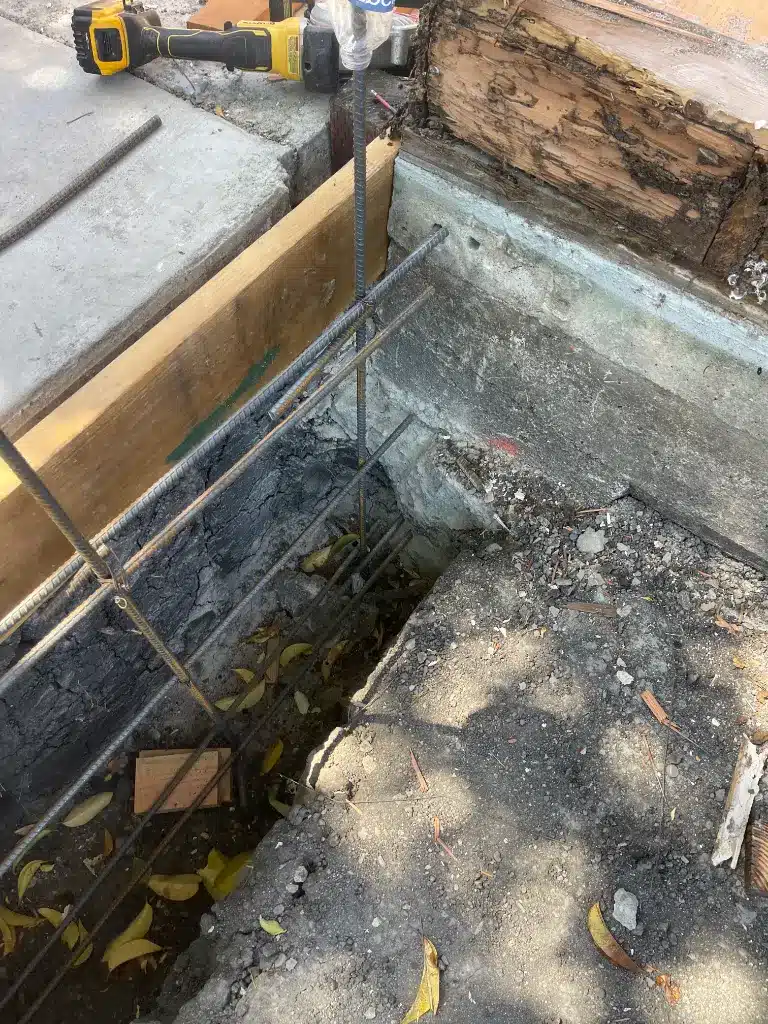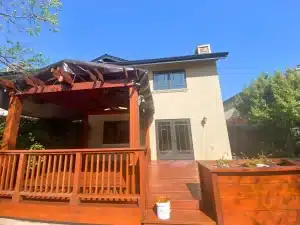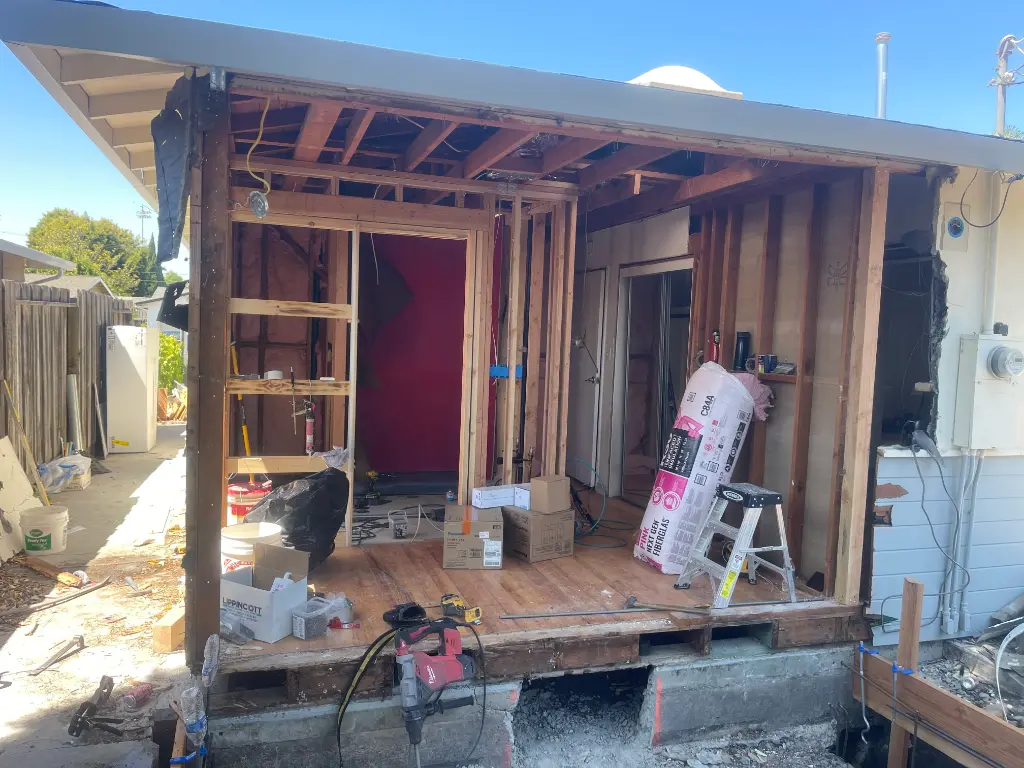Hey there, homeowners! Let’s chat about something that might not be the most exciting topic but could save you serious money this year – attic insulation. With energy costs climbing and climate concerns growing, having proper thermal protection above your living areas has never been more important.
Why Proper Attic Insulation Is Essential for Your Home in 2025
Let’s face it – your home’s upper area acts like a hat for your house. Without good attic insulation up there, you’re losing heat in winter and letting hot air seep in during summer. It’s like wearing a baseball cap in a snowstorm or a wool beanie at the beach!
Think about this – up to 25% of your home’s heat escapes through an unprotected roof space. That’s literally money floating away through your ceiling! With utility bills climbing each year, quality attic insulation has become more critical than ever before. Plus, modern materials are more effective and environmentally friendly than what was available even five years ago.
Types of Attic Insulation Materials: What You Need to Know
When upgrading your home’s thermal barrier, you’ve got options. Each material has its strengths depending on your climate, budget, and home structure.
Comparing Fiberglass, Blown-in, and Spray Foam Insulation
Fiberglass is the classic pink stuff that comes in rolls or batts. It’s affordable and works well in standard joist systems. Blown-in cellulose is made from recycled paper products treated for fire resistance. It’s great for filling odd spaces and adding to existing protection. Spray foam creates an airtight seal and offers the highest R-value per inch, though it costs more upfront.
The right attic insulation depends on several factors including:
- Your local climate conditions
- Your home’s construction type
- Your budget constraints
- Whether you’re doing it yourself or hiring pros
- How long you plan to stay in your home

The Benefits of Insulating Your Attic for Home Energy Efficiency
Beyond just saving money, proper attic insulation creates a more comfortable living environment. You’ll notice more consistent temperatures throughout your house and fewer drafts. Your HVAC system won’t need to work as hard, potentially extending its lifespan.
Understanding R-Value and Insulation Levels for Optimal Performance
R-value measures resistance to heat flow – the higher the number, the better the thermal performance. For most homes in 2025, experts recommend R-38 to R-60 for attic insulation, depending on your climate zone. This typically means a layer between 10 to 16 inches thick.
Remember that R-values stack – so if you already have some protection up there, you can add more to reach optimal levels. Many homeowners find layering different materials works best, combining the strengths of various types of attic insulation for maximum efficiency.
Conclusion: Making the Smart Investment in Attic Insulation
Upgrading your home’s thermal protection is one of the smartest investments you can make in 2025. With relatively low upfront costs compared to other home improvements, the payback period for attic insulation is typically just 1-3 years through energy savings.
Plus, many utility companies offer rebates for these upgrades, and some tax incentives might still be available depending on your location. It’s a win-win – lower bills, greater comfort, and a smaller carbon footprint. Why not check your upper space this weekend? Your wallet (and the planet) will thank you!
Trustindex verifies that the original source of the review is Google. We’re so happy with the work Hila and her team did on our home addition. The new space flows beautifully with the existing structure, and the quality is clear in every finish. Finished on schedule and stress-free.Posted onTrustindex verifies that the original source of the review is Google. Working with Ohad on our full home remodel was an incredible experience. He helped us through every decision and made sure everything turned out exactly how we envisioned. The team was easy to communicate with and super detail-focused. We still can’t believe how beautiful our home looks!Posted onTrustindex verifies that the original source of the review is Google. We recently worked with Quartz Construction (Owner: Ohad) for a construction project to remodel our Bathroom and we couldn’t be more pleased with the results. From start to finish, their team demonstrated professionalism, and exceptional craftsmanship. They maintained clear communication throughout the project, kept us informed of progress and any potential changes, and delivered everything on time and within budget. Their quality of work is outstanding — every detail was handled with care and precision. What stood out most was their commitment to customer satisfaction. They were responsive to our questions, respectful of our space, and ensured that the final outcome matched our vision perfectly. If you're looking for a reliable, skilled, and trustworthy construction contractor, I wholeheartedly recommend Quartz Construction ( Ohad and his team) .They exceeded our expectations in every way. AjayPosted onTrustindex verifies that the original source of the review is Google. I had a fantastic experience working with Quartz Construction And Remodeling. Ohad Maloul the owner was professional communicative and a pleasure to work with from start to finish. His team repaired and painted my backyard pergola and the quality of their work was truly excellent. They were always on time, friendly and responsive to any questions I had throughout the process. I appreciated the clear communication and attention to detail. I’m excited to work with Ohad and his team on future projects and highly recommend them to anyone looking for reliable, high-quality construction or remodeling services.Posted onTrustindex verifies that the original source of the review is Google. Hila managed our balcony addition project with care and precision. The design complements our home perfectly, and the build quality is outstanding. She communicated every step and made the whole process easy. We’re thrilled with the result!Posted onTrustindex verifies that the original source of the review is Google. I had the chance to work with Ohad and his construction team on a recent home project, and I was really impressed. Ohad is professional, easy to communicate with, and genuinely cares about the quality of the work. The crew showed up on time, kept the work area clean, and finished the job on schedule. It’s hard to find contractors who are reliable and transparent these days, but Ohad delivered on everything he promised. Would definitely recommend if you’re looking for someone who takes pride in their work and keeps things straightforward.Posted onTrustindex verifies that the original source of the review is Google. We’re so happy with the work Quartz Construction did on our backyard. Ohad’s team designed and built a gorgeous deck and patio that turned the area into a dream space. The quality and detail are fantastic. Highly recommend!Posted onTrustindex verifies that the original source of the review is Google. Quartz Construction built the most beautiful pergola in our backyard, thanks to Ohad. He was easy to work with, listened to our needs, and delivered a structure that’s both stylish and durable. We now have a shaded space where we can relax and entertain guests.Posted onTrustindex verifies that the original source of the review is Google. They built a beautiful, durable pergola that fits our outdoor space perfectly. Hila paid close attention to both style and quality. We now have the perfect spot for lounging, gatherings, and enjoying every season.Posted onTrustindex verifies that the original source of the review is Google. We feel incredibly lucky to have worked with Hila. She made the ADU process simple and stress-free, handling everything with care and professionalism. The final space is perfect—efficient, elegant, and exactly what we hoped for. Big thanks to her and the whole crew!Verified by TrustindexTrustindex verified badge is the Universal Symbol of Trust. Only the greatest companies can get the verified badge who has a review score above 4.5, based on customer reviews over the past 12 months. Read more

Common Questions About Attic Insulation
After reading about the importance of protecting your home’s upper space, you might have some questions. Here are answers to three common questions:
How much does professional attic insulation typically cost?
Costs range from $1,700 to $3,500 for an average-sized home, depending on material choice and your location. Fiberglass is most affordable at $0.80-$1.50 per square foot, while spray foam runs $1.50-$3.50 per square foot. Many utility companies offer rebates that can offset these costs.
Can I install attic insulation myself, or should I hire professionals?
DIY installation works well for fiberglass batts or rolls if you’re comfortable in small spaces and have proper safety gear. Blown-in cellulose requires renting equipment but remains doable. Spray foam is best left to pros due to specialized equipment and proper mixing requirements.







